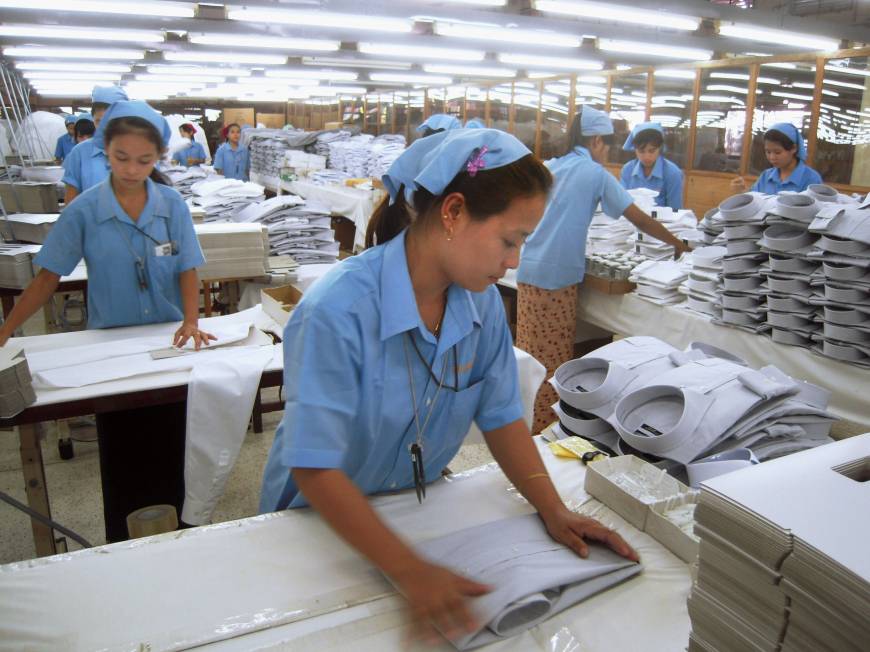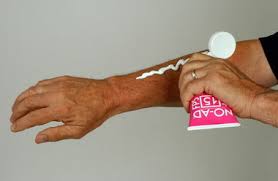The recent tragedy at a garment factory in Bangladesh has brought the impacts of fashion into the news again. Most of us don’t think about where our consumer goods originate until something like this happens, and it’s a reminder to think about the effects of consumerism on the less-developed countries producing our goods.

But there are other, lesser known consequences of our lovely synthetic exercise wear. Fibres like polyester, acrylic, and nylon are petroleum-based and chemically processed, with all the attendant environmental issues. But’s here a new twist to add to the environmental load: polyester clothing washed in home machines are a significant source of microplastics entering the water system and ultimately marine habitats. Polyester sheds several hundred fibres per wash, with these fibres, which are actually tiny bits of plastic, becoming part of the sewer discharge.
If you’d rather not have your clothing contributing to the Great Pacific Garbage Patch, consider looking at plant-based synthetic fabrics such as lyocell, rayon or viscose which can be made from wood pulp, soy or bamboo (although this requires significant chemical processing), or even organic cotton, hemp, or wool for your workout wear. Admittedly, these may not have the wicking qualities of polyester, and may be more difficult to find and costlier. And the verdict still isn’t in on which product is the “greenest”, or more accurately, has the least invasive impact on the environment. The best recommendation is to be informed, and do your research … even before buying a new running shirt.





